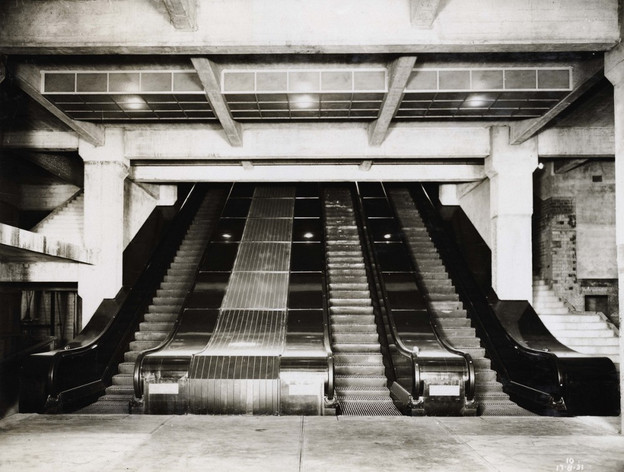Nuggets from the interstices

‘Fossick’ is a word I never knew was specific to Australia until I moved to America, used the word, and was met with the subtle flash of confusion that I quickly identified as a polite reaction to alien slang. Fossick is a goldrush word, and it refers to the fine-tuned searching for tiny pieces of gold from rock already processed by other prospectors. Specifically, it is the act of hacking out “nuggets from the interstices” of leftover rock fragments. Idiomatically, for me, it simply names the process of cannily rifling through flotsam for treats: at a book shop, inside the fridge at mealtime, or in the rattish confines of one’s own bedroom.
When I first conceived this archival project, I immediately understood it to be an exercise in fossicking. My working concept of an archive of poetry and poetics is that, firstly, it exists as a decentralised, often isolated, set of cells. Secondly, the only way to contribute to the archive, much like maintaining a good wet compost heap, is to uncover the matter underneath and contribute new stuff on top. So this project, over the next three months, will aim to discover nuggets otherwise buried and will add new nuggets: by way of these texts as well as mp3 files, scans and images. And finally, my archive is very much an alt-archive, interested in the histories of Sydney that have not otherwise been represented in the city’s official and bureaucratic annuls. Where poetry is concerned, this means I am less interested in bibliographic remains of anthologies, well-known poets or poetry as it is occasionally and uncomfortably grafted onto public events and municipal ceremony. As a researcher, I am always interested in peripheral or lateral relations over hierarchical or generational succession.
For those J2 readers who have not been to Sydney, or do not already live here, I should give a brief introduction to the city. It is the biggest city in Australia, with about 4.5 million people living over a large slab of land (as a result, it is not particularly dense). Before 1788, the area was populated by a number of Indigenous nations, representing twenty-nine different language groups. Following British invasion in 1788, Sydney was established as a penal colony, and in the early- to mid-decades of the nineteenth century, it was the site of intense urban development. Today, Sydney has a high percentage of residents born outside Australia (about one in four), which means that the city is linguistically diverse. Unfortunately, for the most part, this diversity is underrepresented at the level of local, state and federal politics, and for the most part, in media and arts. Of course, this is not to say that there are not things going on, all the time, but that the mainstream cultural output of the Sydney is quite stubbornly monocultural and monolingual. As such, poetries in languages other than English (including, and especially, Indigenous languages) are treated as ethnographic artefacts and emblems of multiculturalism rather than constituent materials for a Sydney poetics and collective historical archive.
Geographically, Sydney is totally eccentric. There’s literally water everywhere, with rivers running into harbours and ports, and the Pacific Ocean meeting the Tasman Sea along the eastern coastal boundary. Much of the city has been hacked into enormous slabs of sandstone, and the thick rainforests and mountainous zones tuck the wide city at its non-coastal edges into a wet, humid, hot basin. There is no logic to the urban network: a tiny gridlet forms the business district in the densest couple of square kilometres, but otherwise the roads are skewed and winding, and entire neighbourhoods or suburbs can sometimes feel like they’re isolated, or lost, or secreted in wilderness. There’s not, as there is in Melbourne, a sense of a navigability or connectivity. It is, as we say, a bit of a dog’s breakfast.
But in terms of imagining an alt-archive, it’s quite perfect: a decentralised, confused site suggests a way of reading the city and its buried nuggets that is equally decentralised and confused, where confusion is a constructive state of vagueness that expects to find anything and tweaks an ad hoc methodology. I will use this space to collect my fossick’d objects, and to arrange them in new formations.
(Photograph of Wynard Station escalators, from 1931, is from the NSW State Records.)
Fossicks and offerings from Sydney